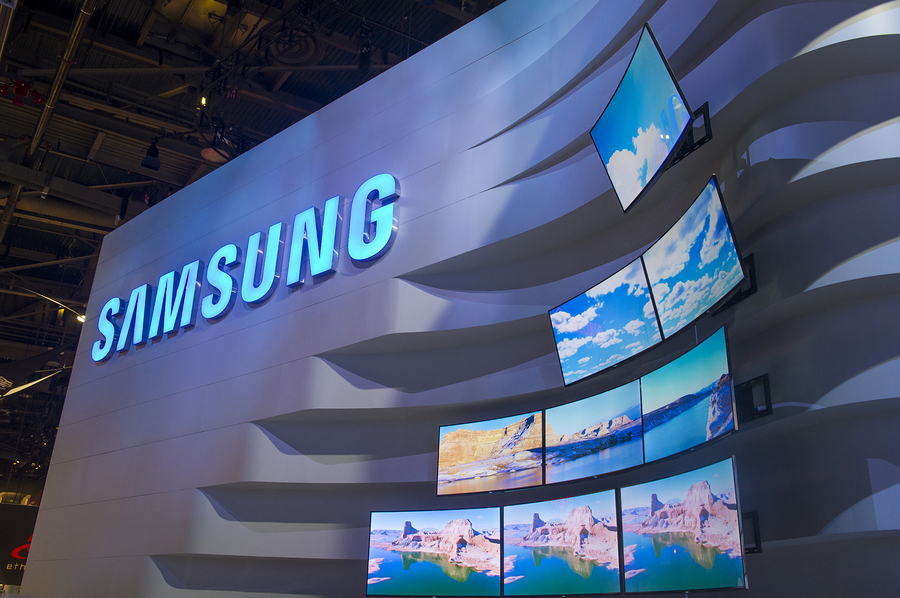Hands up those who don’t know what OLEDs are…!
Don’t worry, you’re not alone.
LEDs are great, there is no doubt about it. But OLEDs, or Organic LEDs, are simply very, very cool and look like something out of a science fiction film.
Without making you faint with overwhelming technical details, this is, in a nutshell, how they work: the emissive electroluminescent layer of the diode is a thin layer of organic compound (hence the name) which emits light when stimulated by electric current.
While most OLEDs still use a glass substrate, there is much research into developing plastic substrates, with the jaw-dropping implication that OLEDs can be integrated into such a thin substrate that they can be bent without damage and are therefore virtually shatter-proof. They can actually even be rolled up – Imagine rolling up your TV and putting it in your pocket!
OLEDs are also known to offer a higher visual quality than LEDs do, which makes them an ideal component of any TV, mobile phone, digital camera, tablet…. Anything with a screen really. And indeed, global companies like Sony Ericson, LG, Google, Motorola and Samsung have started using them in some of their products.
The Samsung conglomerate is the world’s biggest OLED manufacturer and holds over 600 American patents and 2,800 international patents for the technology, and has been producing OLED TVs since 2005. In 2013, they brought the Galaxy Round smartphone to market in Korea, a device featuring a 1080p screen curving on the vertical axis in a rounded case. They also launched the Samsung Gear VR, a head-mounted virtual reality headset, in December 2014.
As for LG, their second generation of OLED TVs created a sensation. If you didn’t like the curved incarnation, then the “Floating Art Slim” model is for you. Boasting a 77-inch screen and an incredible 4000-pixel resolution, it can be set to be either flat or curved.
Apart from these “straightforward” integrations of OLED technology, some quirkier and less usual offer a potential revolution in fashion, as the physical flexibility of the technology makes it theoretically possible to create illuminated clothing. So-called “wearable” technology is already on the rise, with the apparition of smart glasses, which display information on whatever you are looking at; fitness bracelets and smart watches. Once photonic textiles become more common, there will be no end of applications, including medical bracelets for people whose conditions need to be monitored constantly.
BMW also plans to use OLED as car headlights in the future, which is not currently possible as they are too dim.
Like with any new technology, the price of OLED devices is still a hindrance to their adoption, but with thousands of patterns relating to OLEDS having been registered to date, and a boom in research and development in that field, it is clear that they have been identified by major players as an area of huge potential and are set to become part of our everyday life.

